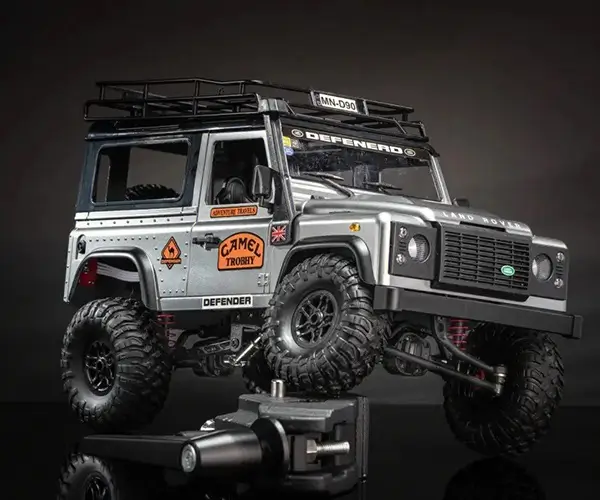Certainly! Here is the first part of a two-part soft article centered around the theme "Arduino Uno Servo Motor Kodu," designed to be engaging and informative.

Imagine a world where your ideas can move, pivot, and respond just as you envision — no magic needed, just some simple electronics and a splash of creativity. That’s the magic of working with an Arduino Uno paired with a servo motor. Whether you’re just starting in the realm of embedded systems or a seasoned hobbyist looking to refine your skills, understanding the core concepts behind these components opens a universe of possibilities.
At the heart of this exploration is the Arduino Uno, a compact and user-friendly microcontroller board renowned for its versatility. It’s designed to make programming accessible for everyone, whether you’re a curious beginner or an experienced developer. Its straightforward architecture and abundant community support turn complex ideas into manageable projects.
Now, let’s add a servo motor into the mix. A servo motor is a tiny, precise actuator that can rotate its shaft to a specific position, based on commands it receives. Unlike regular motors that spin continuously, servo motors are perfect for applications where controlled movement is needed—like robotic arms, antenna positioning, or automated camera systems. Why are they so popular? Because they combine simplicity with precision.
Getting started with your first project involving a servo motor and Arduino is easier than you might think. Before diving into code, it’s helpful to understand the hardware setup. Typically, a servo motor has three wires: power (+5V), ground (GND), and control (signal). The Arduino provides a PWM (Pulse Width Modulation) signal on one of its digital pins, which the servo interprets to position its shaft.
One of the best parts of this journey is the availability of simple yet powerful code snippets called “kodu” — a term borrowed from Turkish meaning “code” — that can control servo movements with just a few lines. These snippets don’t have to be complex; even a single command can rotate your servo to a specific angle, creating dynamic interactions and animations.
To kick things off, you need the following basic components:
An Arduino Uno board A standard hobby servo motor A breadboard and jumper wires A USB cable for connecting to your computer Optional: external power supply for the servo, especially if you plan multiple or high-torque motors
Once your hardware is assembled, the next step is to upload the code. Here, simplicity is key. Let’s explore a very basic example to move the servo from 0 to 180 degrees and back, creating a smooth oscillation that demonstrates control.
#include Servo myServo; // create a servo object void setup() { myServo.attach(9); // attaches the servo on pin 9 } void loop() { for (int pos = 0; pos <= 180; pos += 1) { // goes from 0 to 180 degrees myServo.write(pos); // tell servo to go to position in variable 'pos' delay(15); // waits 15ms for the servo to reach the position } for (int pos = 180; pos >= 0; pos -= 1) { // goes from 180 to 0 degrees myServo.write(pos); delay(15); } }
This snippet is straightforward and powerful. It gradually moves the servo from one extreme to the other, creating a wave-like motion. From here, you can modify the code to respond to sensors, change directions dynamically, or even integrate with remote controls.
But what about more complex motions? That’s where the concept of "kodu" (code snippets) becomes even more valuable. For example, you might want your servo to move to a specific position when a button is pressed or follow a pre-programmed pattern. The key is understanding how to manipulate the write() function and how to incorporate inputs.
Furthermore, combining multiple servos can lead to impressive projects like a robotic arm with multiple degrees of freedom or a mini drone with controlled motor tilt angles. The challenge then becomes coordinating the movements, which can be achieved through simple programming structures like loops and conditionals.
Another avenue worth exploring is controlling servos with sensors. For example, attach a light sensor to make a solar tracking system that adjusts the servo to follow the sun. Or use an ultrasonic sensor to build an obstacle-avoiding robot arm. These ideas combine hardware and software in a symbiotic dance, demonstrating the real power of Arduino-based projects.
Building confidence with the code is about experimentation. Don’t hesitate to tweak angles, delays, or input triggers. Each adjustment deepens understanding. Remember, debugging is part of the process — when something doesn’t work, it’s a chance to learn. Use serial print statements to monitor sensor readings or variable states, and step through your code carefully.
By mastering basic servo control and understanding Arduino programming fundamentals, beginners quickly unlock a world of automation, robotics, and interactive art. The simplicity of writing a few lines of code that can drive a physical movement is inspiring — it’s a tangible link between logic and real-world action.
In this part of the journey, we’ve set the stage. Hardware setup, basic code snippets, and fundamental principles pave the way for more advanced projects. With these building blocks, you can tap into your creativity — designing mechanisms, inventing interactive exhibits, or simply making your ideas move.
Leveraging innovations in modular drive technology, Kpower integrates high-performance motors, precision reducers, and multi-protocol control systems to provide efficient and customized smart drive system solutions.




































